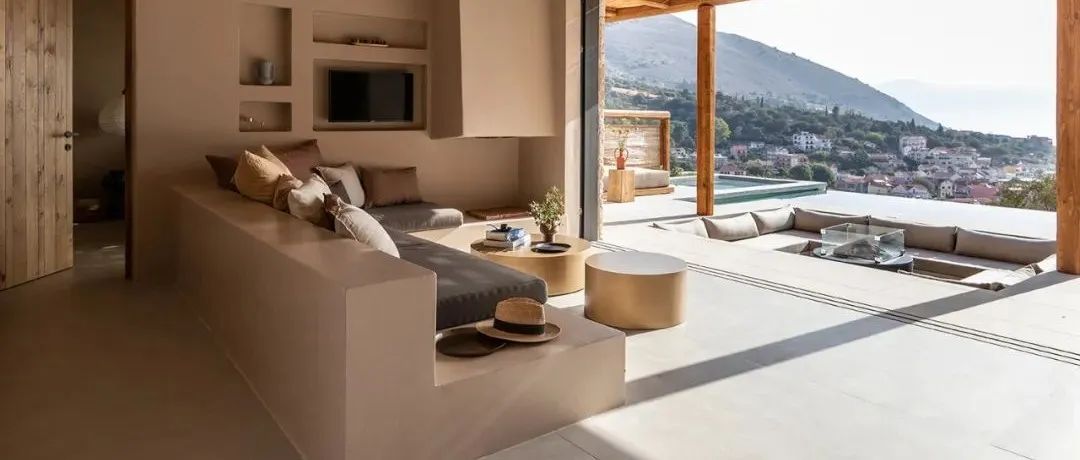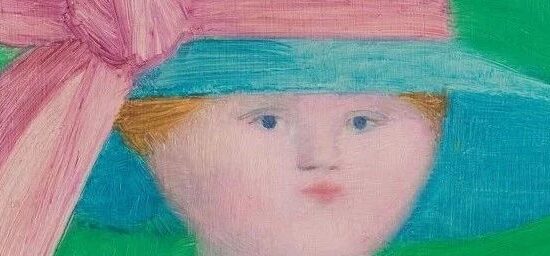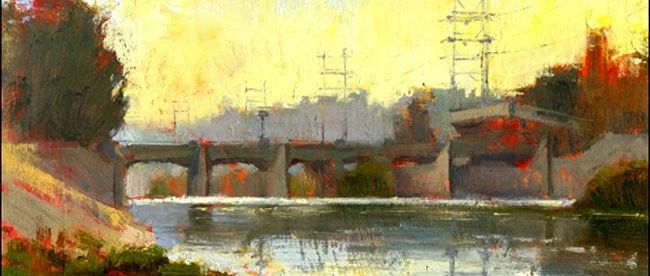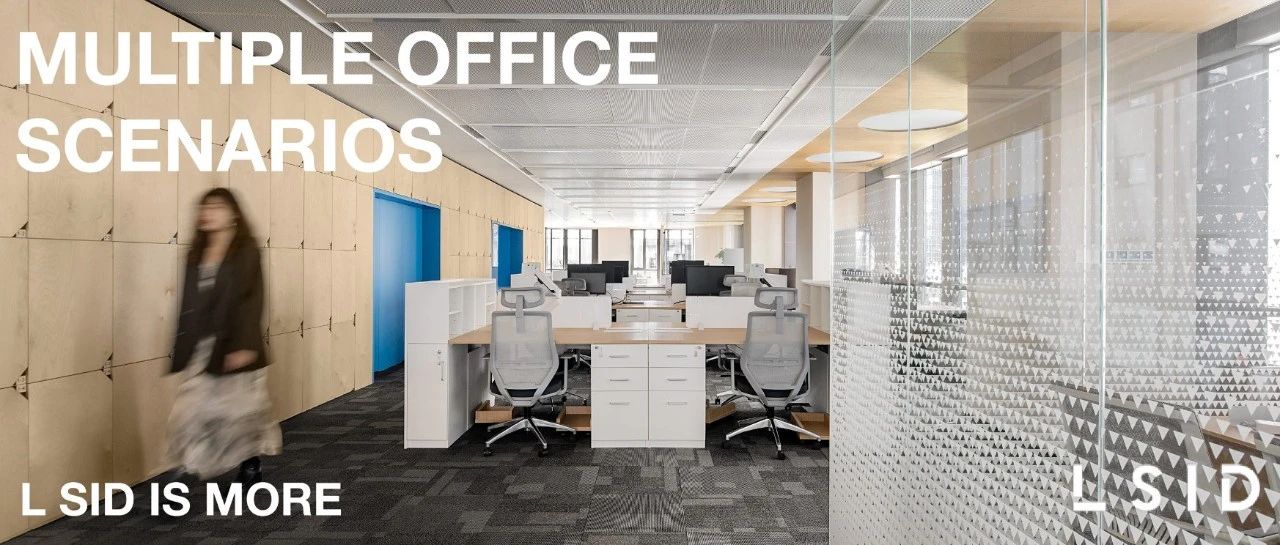KiKi建筑设计事务所在北京完成了一所融合“传统与现代”的住宅,它将屋主的古典收藏爱好,与符合当代居住习惯的设计理念相结合,通过重新规划和调整房子的结构、动线、材质、光影,兼容并蓄的展现了生活中的“仪式感”与“包容性”,以及空间与陈设之间的平衡关系。
KiKi ARCHi has completed a house in Beijing that blends tradition with modernity. It combines the owner's classical collection hobby with the design concept that conforms to the contemporary lifestyle. By replanning and adjusting the structure, layout, daylight, and material texture of the house, it demonstrates the ‘sense of ritual’ and ‘inclusiveness’ in life, as well as the balance between space and display design.
大量的金丝楠木家具藏品,将会成为空间里的最终主角。而这个命题,正是最初接到设计委托时,KiKi建筑设计事务所面临的最大挑战。一方面,房子原本的布局缺少通透感,存在采光缺陷。另一方面,众所周知,楠木,是中国明清时期备受青睐的建筑、家具材料,而金丝楠木因其独有的质地,更是被皇室运用在北京故宫的太和殿、文渊阁等宫殿中。当这种特性鲜明,且体量较大的元素出现在现代生活里,往往容易将有限的空间“淹没”;此外,伴随而来的不属于现代的制式、尺度和装饰审美,也会带来跨越时间感的“矛盾”。
The biggest challenge for KiKi ARCHi was what to do with the house owner’s collection of Golden Nanmu (Phoebe zhennan) wood furniture which was the ‘main character’ of the house. As we all know, Nanmu was a popular architectural and furniture material for the imperial family in Ming and Qing dynasties, used in the Forbidden City in Beijing, China. In the designer's opinion, when confronted with Golden Nanmu furniture, the limited living space will be ‘flooded’ immediately. In addition, its classical style, size, and traditional decoration will also bring a sense of disharmony to modern life.
整个住宅涵盖了前后庭院、地下1层及地上3层空间。设计的重心围绕一层展开,它是主人日常停留最久的区域,用于会客和起居,包括了厅堂、茶室、餐厅、厨房、户外庭院等。一层的主题被设定为“楠木与现代的共存”,以色调、光线、材料作为切入点,调和楠木家具和环境的关系。空间里大量使用了黑、白、灰三色,并分别对应于“传统仪式”、“现代简约”、“自然过渡”的概念。
The house consists of a garden terrace, a basement and 2 floors above ground with an attic. The first floor where the owner stays for the longest time in daily life is the key design part. It includes the hallway, dining room, kitchen, tea room, outdoor courtyard, etc. The theme of the design is ‘Coexistence of Nanmu and Modern Life’. The tone, light and texture are taken as the entry point to balance the relationship between nanmu furniture and the environment. The three colors of black, white and gray are used in large quantities, corresponding to the scenes of ‘traditional’, ‘modern’ and ‘transition’ respectively.
步入玄关,建筑师通过改变房屋结构,营造出“天井”的概念。玄关上方原本的洗手间区域被移除,制造出一个5米的挑空,将二楼的光线直接引向一楼。同时,通往厅堂的一侧,采用黑框玻璃推拉门,作为一个“过渡介质”,开启即将到来的“深色厅堂”。材料上,灰色水磨石地面,起到与户外衔接的作用;而弧形造型墙,则柔化了光影,并带来韵律感,与格栅储物柜、推拉门形成连贯的呼应。
Entering the hallway, the designer created the concept of a ‘patio’ by adjusting the structure. The original washroom above was removed to create a 5-meters high space while bringing light from the second floor to the first floor. On the side leading to the living hall, the black-framed glass sliding door serves as a transitional element to open the upcoming dark scene. The grey terrazzo floor plays the role of connecting with the outdoors, and the white arc-deco wall softens the light and shadow to create a sense of rhythm, echoing the wall cabinet and sliding door.
推门而入,深色的厅堂给人以肃穆、庄重的感受,它的形式源于中国传统建筑里的“中堂”。倚墙而设的金丝楠木条案、书画作品,很好的保留了古风韵味;有意思的是,旁边斜放的软榻,则打破了四平八稳的布局,以及传统观念里的“对称性”,传递出更贴近现代生活的轻松感。
The dark scene living hall gives a solemn feeling. Its form originates from the ‘central room’ in traditional Chinese architecture. The golden Nanmu long table and the calligraphy work on the wall present the classical charm. One interesting thing is that the couch on the side breaks the stable layout and the symmetry in the traditional aesthetic, conveying a relaxed feeling closer to modern life.
与厅堂相邻的餐厅,拥有来自茶室、厨房的双面采光,更加敞亮,这里延续了明快的设计风格。家具陈设从金丝楠木材料特点入手,选择简洁素雅的形式,突出木料绸缎般的光泽和纹理。例如定制的餐边柜,借由梳背门扇、嵌入式的结构,弱化了体量感,营造具有呼吸感的状态。餐厅对面,与院落相通的半开放式的厨房,整体采用灰色调,所有功能与操作区贴墙设立,最大限度保持光与空气的流通。临窗的立面被充分利用,悬吊式的置物架,既能满足收纳,也保留了光线的穿透力。
The dining room next to the living hall returns to a bright tone. Custom-made table, chairs and side cabinet, using a simple and modern form to highlight the characteristics of golden Nanmu wood. In particular, the built-in side cabinet becomes a part of the space structure, weakening the sense of volume and appearing more delicate. The kitchen on the opposite side, connected to the garden terrace, adopts a gray tone as its style. All functions and operation areas are set up against the wall, The hanging shelving not only satisfies storage but also maximizes the circulation of light and air.
一层深处,与庭院相连的玻璃屋,是主人最喜爱的茶室。它由铝板顶面与玻璃隔断构成,强调留白、悬浮与延伸感。室内的布局,空灵且飘渺,设计师借助家具陈设,将人的视觉重心由中央引至四周,虚实对比下,时间的概念仿佛消失,取而代之的是一场精神的对话;室外的植物景观,在白色围墙的映衬下,如同屏风画卷般,可观四季之美。作为以茶会友的附属空间,这里充分体现了自由意趣。穿过茶室,庭院的设计又回归于极简,通过结构改造实现了下沉式的露台、旋转式的地下通道,令户外空间更加立体,富有层次感与连贯性。庭院中的地面、台阶、围墙都被统一在温润的白色背景之下,也在无形中回应了室内的空间风格,将住宅的设计理念延续贯通。
The glass room located at the end of the first floor, which is attached to the garden terrace, is the owner's favorite tea room. It is made of an aluminum roof and glass partition, emphasizing the sense of floating and extension. The display design creates a contrast between virtual and real, where the concept of time seems to disappear and a spiritual dialogue takes its place. The landscape set off by the white wall looks like a four seasons screen. The minimalist garden terrace has a sunken platform and an external stairway that connected the basement. The renovation makes the outdoor environment more layering. The grounds, steps and walls are all unified in a white background, responding to modernism. As an attached space, this tea room and garden terrace fully interpret a kind of freedom.
住宅中的楼梯厅,结合上、下动线,将共计四层的空间有序串连。悬浮踏步、一片式扶手、丝丝条纹的造型墙,营造出温暖的包裹感。光线被周围的材质“软化”,影子也变得温柔起来,为通往书房、卧室等更私人化的休息区,铺陈出沉静温馨的氛围。值得一提的是,原本难以利用的尖顶阁楼,如今被改造成了可以冥想、抚琴、品香的小型休息室。借助倾斜的房梁结构与白色风格,表达纯粹、纯净的精神世界。
The staircase hall leading to the upper floor is designed with floating steps and a one-piece handrail. The surrounding white arc-deco wall creates a sense of wrapping, like a gentle white passage, paving a quiet and warm atmosphere for more private rest areas such as the study room and bedroom. It is worth mentioning that the attic, which used to be difficult to use, has been transformed into a small space for meditating, playing the zither, and incensing, expressing the purely spiritual world.
《博物要览》中曾记载:“金丝楠出川涧中,木纹有金丝,材质细密,松软,色黄褐微绿,向明视之,有波浪形木纹,横竖金丝,烁烁可爱。”这种淡雅幽香、结构细密的木材,与一所被精心设计过的房子异曲同工——层层递进、一气呵成的设计逻辑,造就了住宅稳固的“内芯”,而细腻精妙的装饰与陈设,“千丝万缕”的呼应设计,则塑造了优美的“外表”,在悠长的岁月里,承载烁烁可爱的生活。
It is recorded in ancient Chinese books that golden Nanmu is a fine and sturdy material with special texture and silky luster, emitting delicate fragrance and being very elegant. It is similar to a well-designed house -- the coherent design logic creates a stable ‘inner part’, while the exquisite display presents a beautiful ‘exterior part’, which carries a lovely life for a long time together.
△负一层平面
△一层平面
△阁楼平面
关佳彦 Yoshihiko Seki
KiKi建筑设计事务所创始人
关佳彦,出生于日本神奈川县,芝浦工业大学建筑学硕士,曾就职于英国伦敦的Studio Bednarski、日本东京的隈研吾建筑都市设计事务所,并担任日本东京东洋大学讲师至今,2013年创立KiKi建筑设计事务所。从神奈川、东京、伦敦、到北京与上海,多元文化下的生活经历,使他的思维路径不断拓宽,对事物的观察与理解逐渐深入,这其中所触发的感悟,被转译输出至不同类别的项目实践中。
关佳彦独有的叙事视角隐含于偶然与想象的背后。他以发觉细节见长,寻求每个建筑语境的原点,将情感捕捉与逻辑组合作为原点的延长线,提炼出符合客体特征的概念基调,令设计承载新的节奏序列与空间力量。这种观念在代表作敦煌莫高艺术学校、荒野中的房子_安纳花园、留白的房子、光影回响_TW展厅、神奈川土间之家、空色和菓子店等项目中均有体现,也是其回应时代精神的特定表达。
KiKi建筑设计事务所创始人
穐吉彩加,出生于日本长崎县,芝浦工业大学建筑学硕士,曾就职于日本东京的堀内秀人都市建筑研究所与日吉坂事务所,2013年创立KiKi建筑设计事务所。她在美国和日本成长并接受教育,不同国家的旅居生活,带来多样化的风俗文化和意识形态,这些经历的交织与碰撞,成就了其个性中的开放、随然。她时常站在“旁观者”的角度看待事物,适度的“距离感”帮助她更加理性、客观的处理问题,发掘微不可察之处,从而获得面对设计时的一念灵机。
设计中,穐吉彩加强调前期分析与感知的重要性,倾向于个体在实践中的即时感受与创意涌动。她相信可触及的真实体会,大于单一化的视觉呈现。因此习惯借由不同比例的手工模型来构想空间,梳理人、建筑、自然之间的尺度关系;并在发现与更新的过程中,结合项目需求、客户反馈、场所特性,寻求建造之平衡。此外,她注重体验感与连续性的营造,通过组织空间的疏密关系,弱化不同场景之间的边界,表达张弛有度的起承转合,呈现舒适的、微妙的流动性。建筑之外,她的工作理念与思维不断交融渗透,于更广泛、更多元的领域和载体上持续表达。
KiKi建筑设计事务所是一个开放包容的国际性团队,2013年由日本建筑师关佳彦Yoshihiko Seki与穐吉彩加Saika Akiyoshi创立,先后在日本东京、中国北京与上海设立办公室并展开实践。KiKi的日文发音释义,是一种判断审美与价值的敏锐直觉,意味着对各领域事物的精通、造诣和独到见解。它启发了KiKi建筑设计事务在创作时的抒情与逻辑——将外界感性经验与自身知识体系相结合,内化为和而不同的人文理念,继而渗透至空间的精神、形态、结构、肌理等亦虚亦实的维度之中。
KiKi建筑设计事务所尊重不同文化、个体之间的独立与融通。善于发觉客体的特质,围绕不同的意象关联,见微而知著,将理性架构转化为空间逻辑,并以盈然的设计语言,完成对项目的特定叙事。当言语与形式被淡化,简洁纯粹的视觉之下,实则暗含了丰富的价值表达。
KiKi建筑设计事务所的实践遍及多个国家与城市,项目类型从建筑、室内、造园、装置到新媒体艺术等均有涉猎,包括文化及公益项目:泉州当代美术馆、敦煌莫高艺术学校、天台山桐柏宫方丈楼;装置与新媒体艺术:美国波士顿的一个休憩装置“QUAD”、日本大分县金鳞湖live演奏上的多媒体艺术“magma:即兴音乐小说”;住宅项目:荒野中的房子_安纳花园、留白的房子、神奈川土间之家等;办公与展厅零售项目:光影回响_TW展厅、天同律所办公空间、皇锦北京国贸店、神奈川空色和菓子店等。
KiKi建筑设计事务所的作品曾屡受国内外奖项荣誉的肯定,如2016美国波士顿The Quad国际设计竞赛最佳奖、2017 JCD Design Award Best100、2019 JCD日本空间设计奖、2022 iF Design Award等。
本文来自微信公众号“designcool设计酷”(ID:designcool18)。大作社经授权转载,该文观点仅代表作者本人,大作社平台仅提供信息存储空间服务。












